Entertainment
Fun ways to pass the time, including TV reviews, ideas for days out, and interviews with top celebrities.
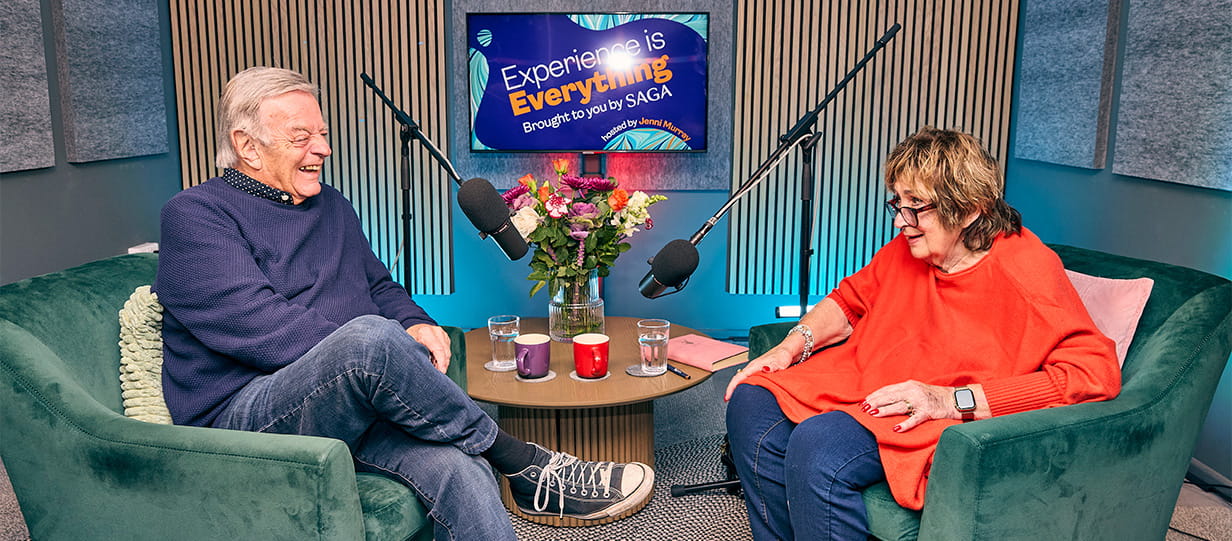
Jenni Murray on hosting the Saga podcast
Dame Jenni Murray on what she thinks of Woman's Hour now and her joy at getting back behind the mic for the Saga podcast.
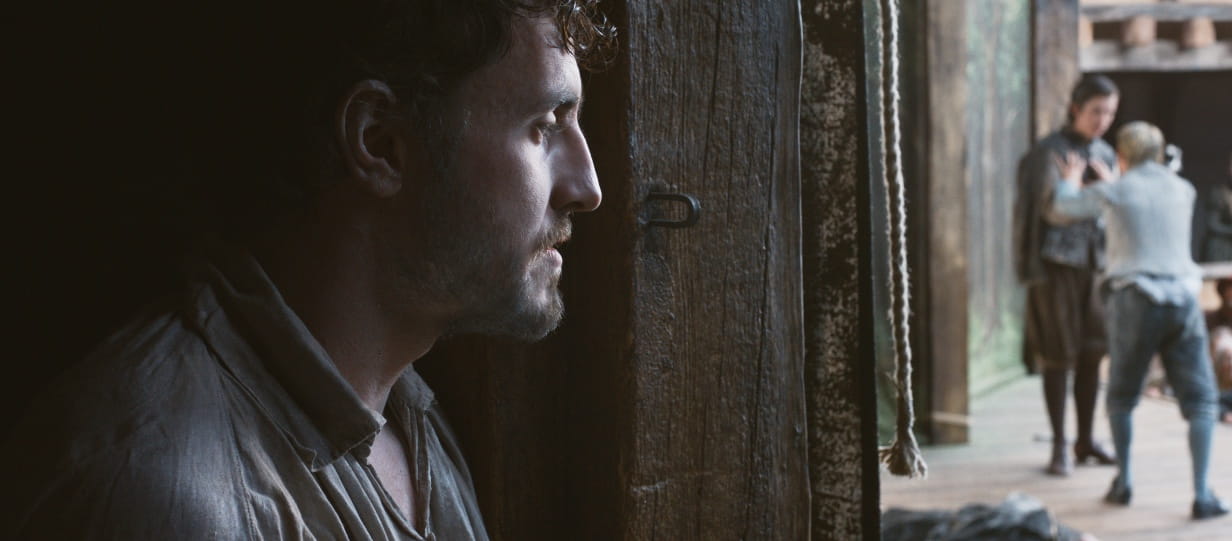
Hamnet – a beautiful film with talented actors
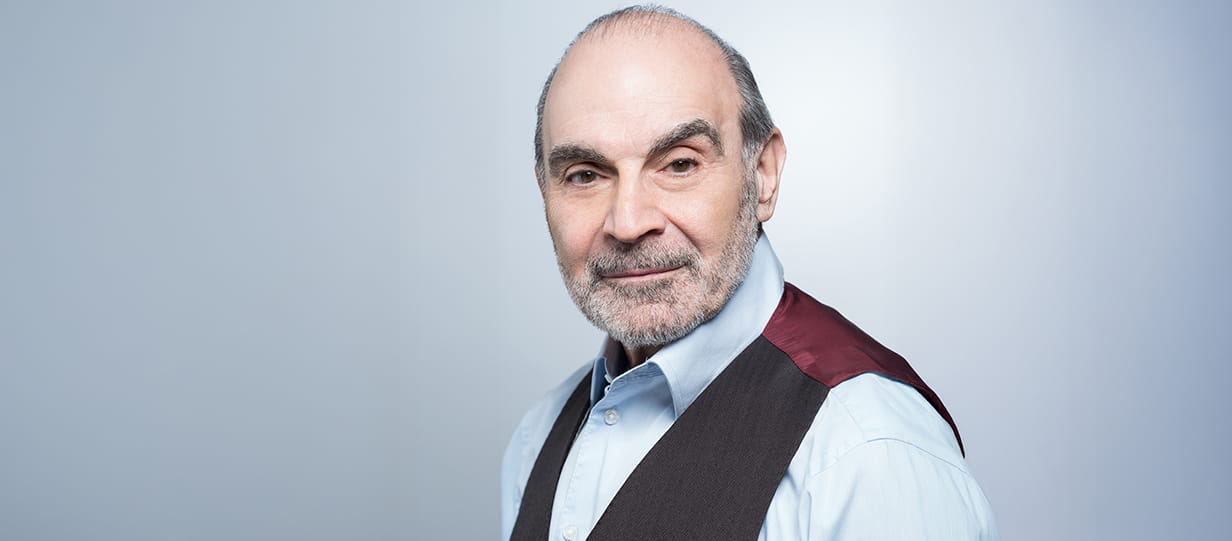
David Suchet on why he nearly turned down Poirot
The award-winning actor on nearly passing up the chance to play the famous sleuth, and falling in love at first sight with his wife.

Shirley Ballas on Strictly and living with her mother
Strictly Come Dancing head judge Shirley Ballas on why sharing a home with her mother is easier than living with a boyfriend.
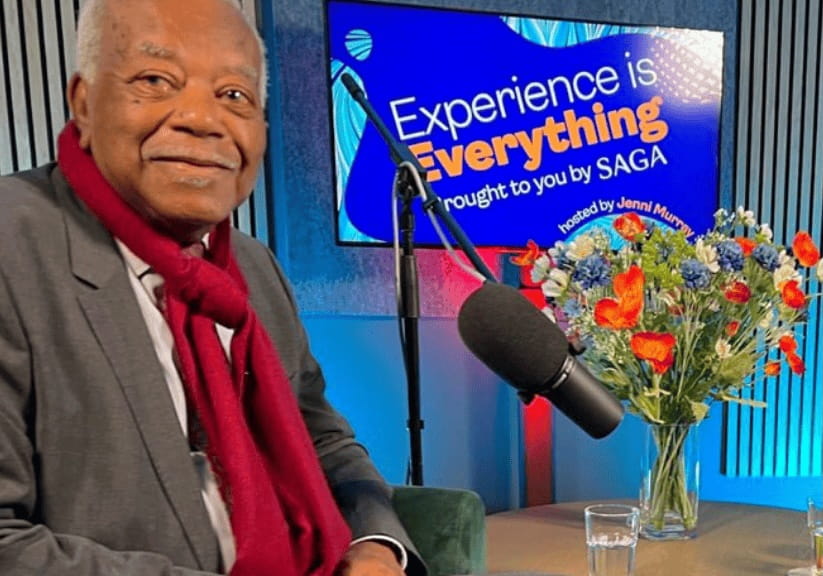
Sir Trevor McDonald on newsroom life, tough stories and world leaders
The legendary news broadcaster opens up to Jenni Murray on Saga's new podcast, Experience is Everything.
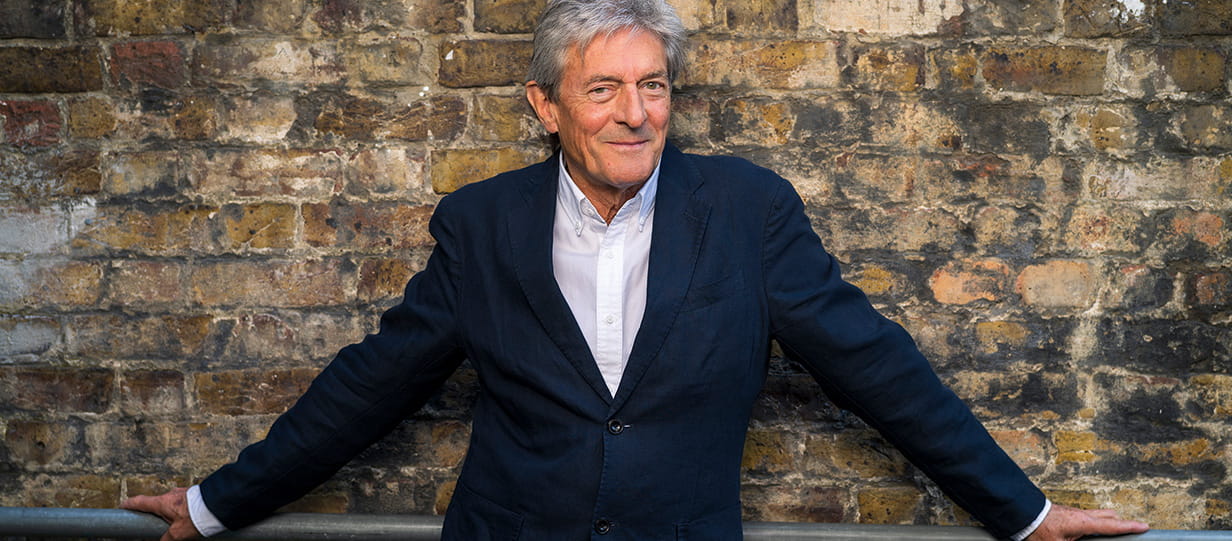
Nigel Havers: "I still bump into the Stones occasionally"
The actor talks about meeting Mick Jagger and his band and why he was like a dormouse at school.

Sir Trevor McDonald on newsroom life, tough stories and world leaders
The legendary news broadcaster opens up to Jenni Murray on Saga's new podcast, Experience is Everything.
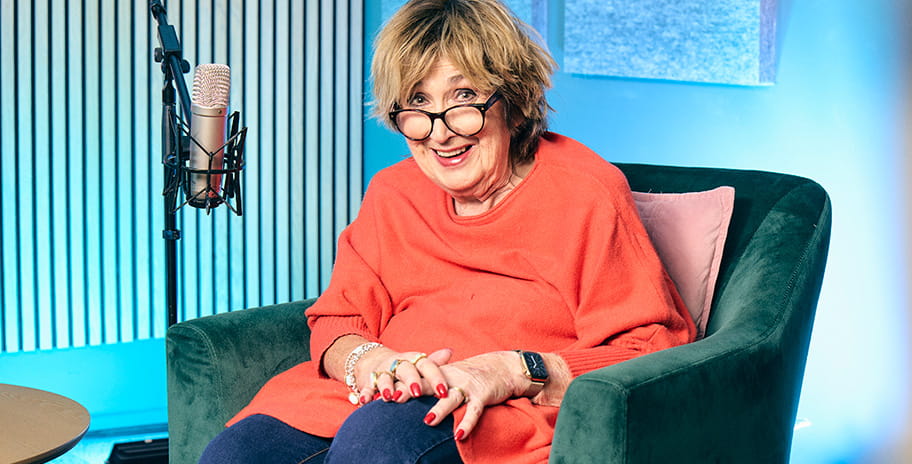
Welcome to Experience is Everything – the new podcast from Saga
Jenni Murray is back behind the microphone as she chats to national treasures and household names.
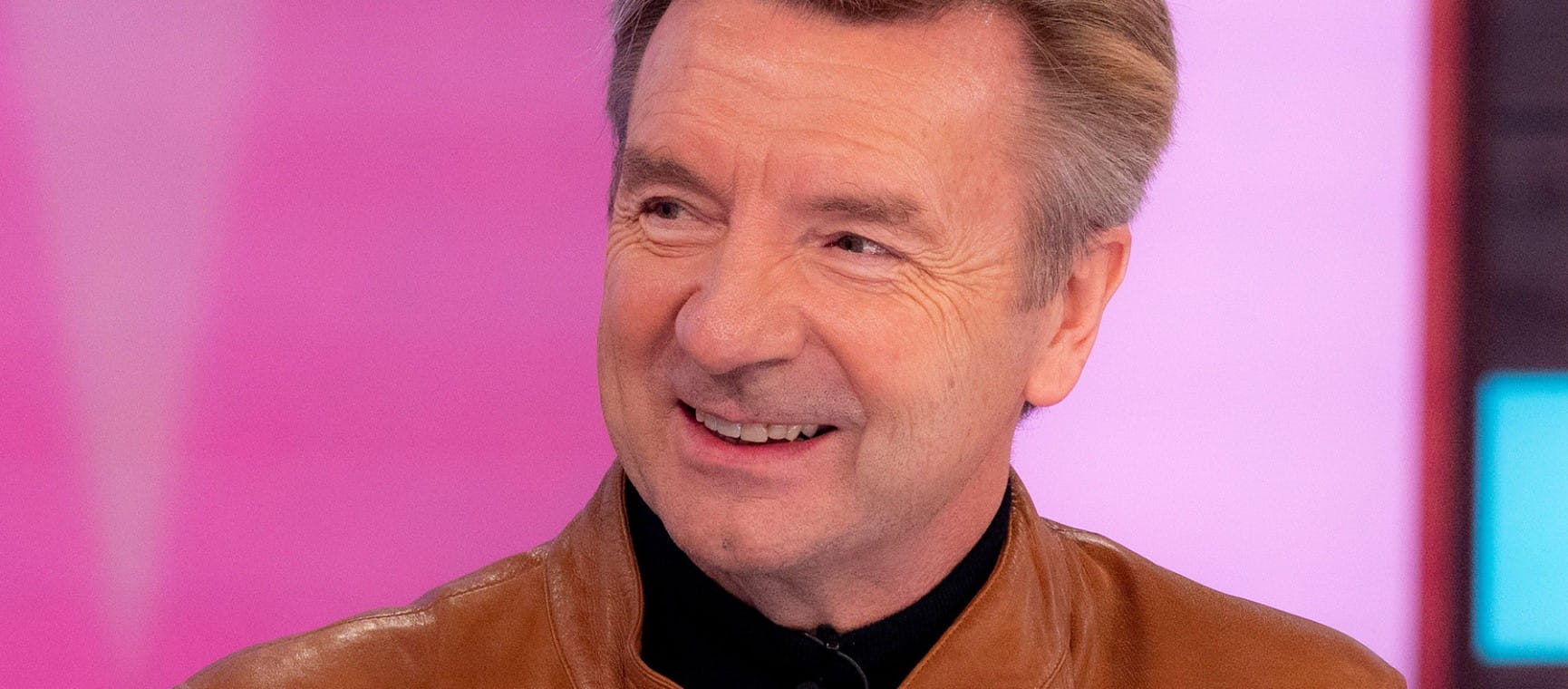
Christopher Dean on why he and Jayne Torvill were never a couple
The Olympic gold medallist on his skating partnership and how he treats his body like a classic car.

Jenni Murray on hosting the Saga podcast
Dame Jenni Murray on what she thinks of Woman's Hour now and her joy at getting back behind the mic for the Saga podcast.

How to throw a Christmas fit for royalty
King Charles’ former butler reveals the secrets behind the festivities at Sandringham.

Shirley Ballas on Strictly and living with her mother
Strictly Come Dancing head judge Shirley Ballas on why sharing a home with her mother is easier than living with a boyfriend.

David Suchet on why he nearly turned down Poirot
The award-winning actor on nearly passing up the chance to play the famous sleuth, and falling in love at first sight with his wife.

Nigel Havers: "I still bump into the Stones occasionally"
The actor talks about meeting Mick Jagger and his band and why he was like a dormouse at school.

For a limited time, enjoy 3 issues of Saga Magazine for just £1. Receive the next 3 print editions delivered direct to your door, plus 3 months’ unlimited access to the Saga Magazine app—perfect for reading on the go.
Don’t miss your chance to experience award-winning content at an exceptional price.
Play our free daily puzzles
Beat the boredom and exercise your mind with our selection of free puzzles.



